Overview
ESAB is a world-renowned manufacturer of welding equipment and technology. They developed a platform called WeldCloud™, which is essentially a connected welding management system. WeldCloud collects data from welding machines on the factory floor and presents it in a web application to help companies track welding operations, quality, and maintenance. I was brought into this project while working at Enfo (a consultancy) as a UX/UI Designer, but the engagement quickly evolved – I ended up acting as the Project Manager and Team Lead for the WeldCloud project, in addition to contributing to design. My role became quite broad: I needed to ensure we delivered a product that met ESAB’s business needs, coordinate our development team, and also unify the user experience of the platform which at the time was a bit inconsistent.
Challenges
- Lack of Clear Vision: It quickly became clear that no one truly owned the product vision for WeldCloud. Stakeholders had conflicting ideas, and the result was a feature-heavy but underused product. We had to pause and ask: what real problems are we solving? I helped define success metrics and guide the project toward a clearer, user-centered direction.
- User Engagement: Despite being live, WeldCloud had little real-world usage. This raised tough questions: Was the product solving the right problem? Was it too complex or poorly integrated into existing workflows? Understanding this became both a UX and product strategy challenge.
- Scope Creep and Backlog Chaos: The backlog was a mess of unprioritized ideas. The product tried to do too much, ending up diluted. We had to bring discipline—saying “no,” prioritizing ruthlessly, and educating the client on why focus matters.
- Communication gaps: Early on, I found myself blindsided in a tense client meeting due to missing context. It highlighted the need for better internal alignment and more frequent, transparent updates to avoid surprises.
- Design & Development Alignment: Balancing delivery with design cleanup was a challenge, especially when visual consistency wasn’t explicitly scoped. I had to justify design improvements by linking them to outcomes like easier onboarding and improved adoption.
- Team Morale and Adaptation: The team had weathered some chaos, and confidence was low. I introduced structure—regular demos, backlog grooming, planning sessions—which helped restore clarity and motivation, though shifting habits took time.
Solutions & Actions
- Defined Vision & Roadmap: With no clear product direction from ESAB, I helped shape a vision: WeldCloud as the go-to platform for welding analytics. We grouped stakeholder goals into key themes (e.g., Quality Monitoring, Productivity, Maintenance, Traceability) and mapped a phased roadmap to stay focused and reduce feature sprawl.
- Agile & Backlog Discipline: I introduced structured sprint planning and backlog grooming. We prioritized critical items, added overlooked fundamentals, and defined clear “done” criteria. Regular demos gave ESAB transparency and rebuilt trust through visible progress.
- Improved Communication: After a rocky start, I established consistent check-ins with stakeholders, offering honest updates and clear plans. We also opened feedback loops with real end-users (e.g., welding engineers), ensuring decisions were grounded in actual needs.
- Design System & UI Consistency: I created a basic style guide and component library for a more coherent UI. This helped the team build consistent interfaces, improving both usability and perceived quality.
- Unified Navigation & Layout: We standardized layout and navigation across modules, using a sidebar and clear sub-navigation to make the experience more predictable and intuitive.
Key Feature Improvements: We added high-impact features like a reporting module for audits and a real-time monitoring dashboard with live machine statuses. Performance optimizations made sure large datasets didn’t crash the browser.
Boosting User Engagement: We added actionable insights (e.g., alerts with suggested fixes) and streamlined key workflows, like applying settings to multiple machines. The goal was to make daily use both easier and more valuable.
Continuous Learning & Iteration: Through pilot programs with factories, we identified who actually used the product (e.g., supervisors, not welders) and refined both language and features accordingly. Feedback drove a leaner, more focused product mindset.
Methods
Project Management
Team Lead
Sprint planning
Information Architecture
Prototype testing
Persona
Design
While I was managing the project and ensuring that we were building and delivering the right things, I started to build a style guide and component library to unify the product(s), eliminate the inconsistencies, and speed up the development process.
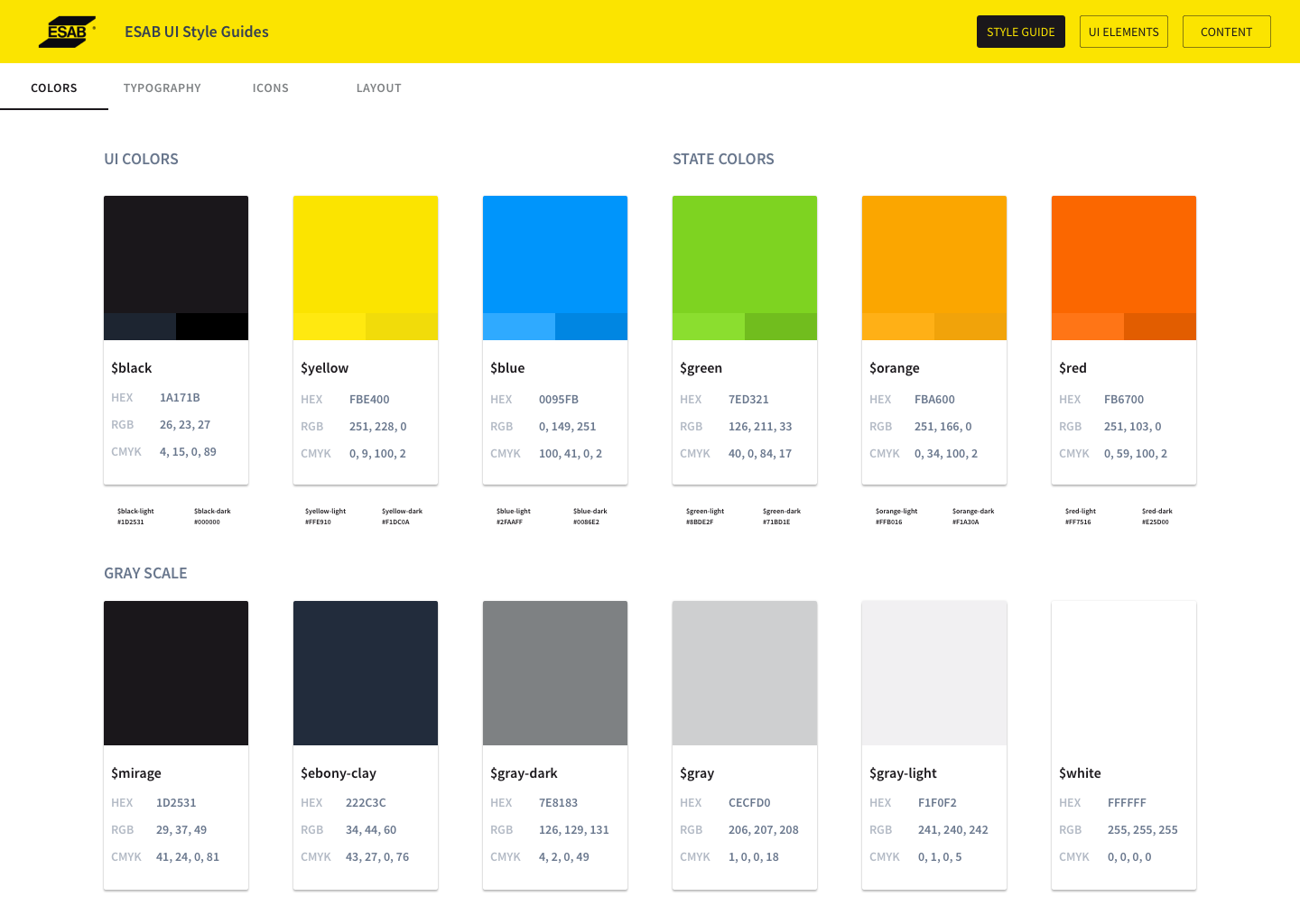
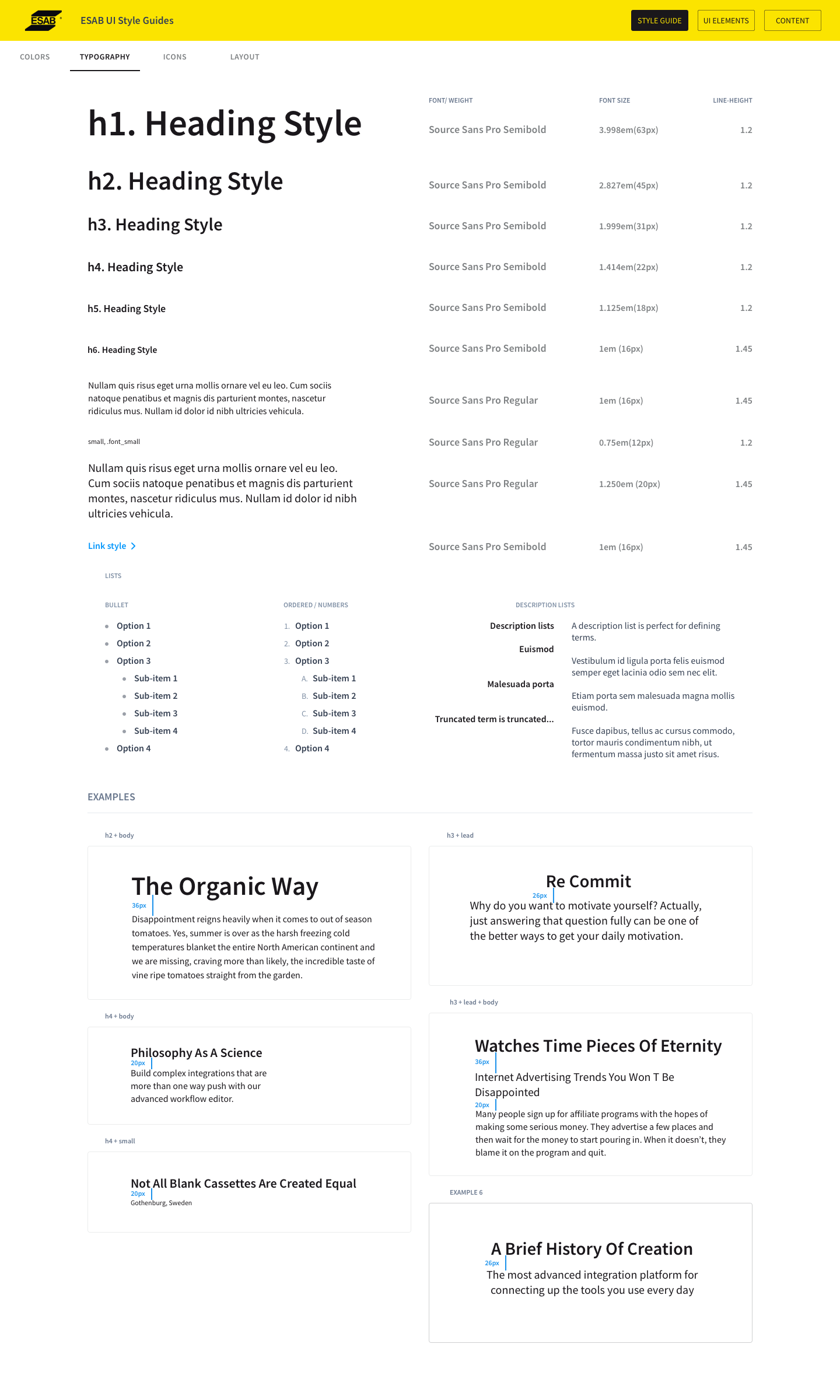
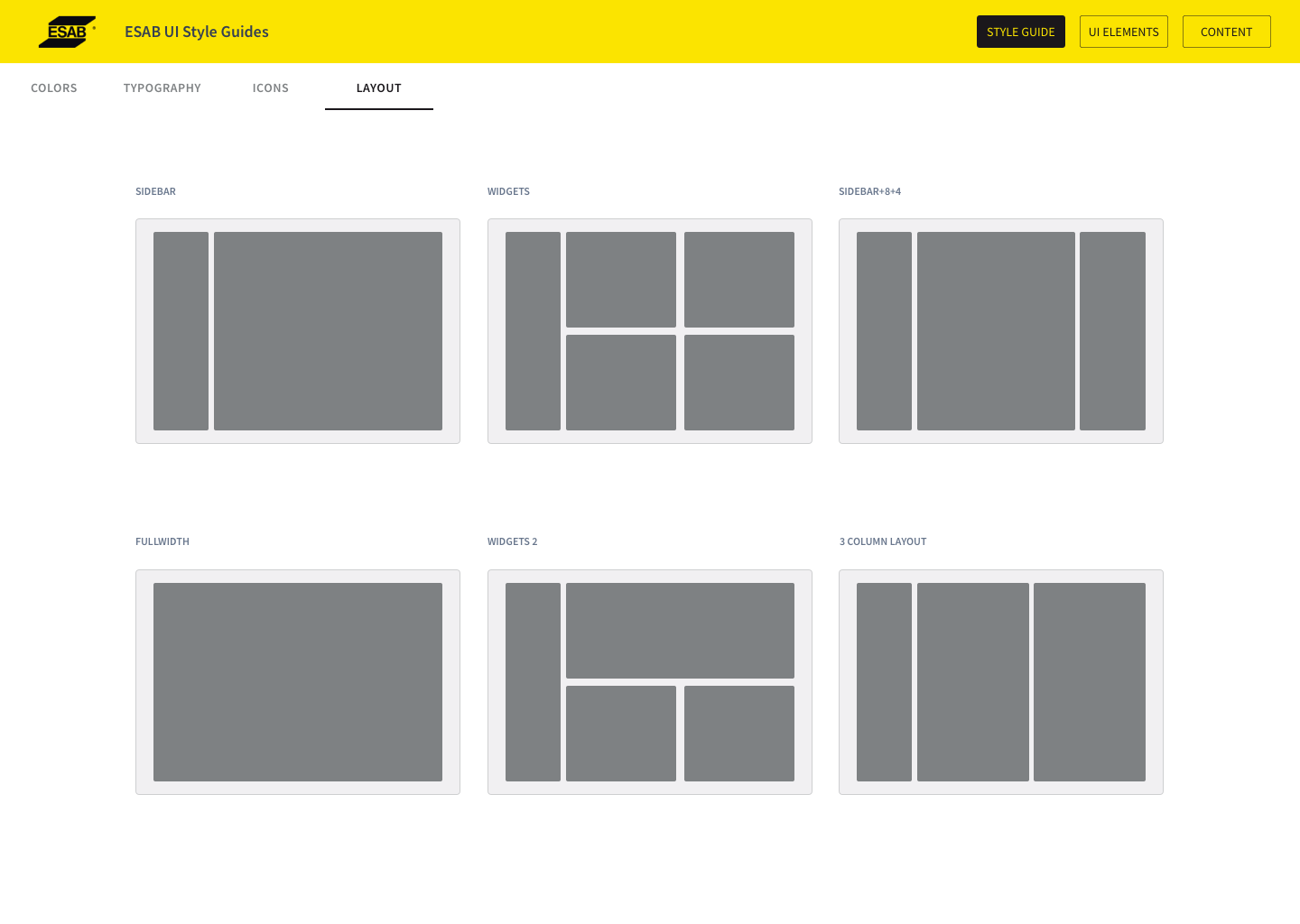
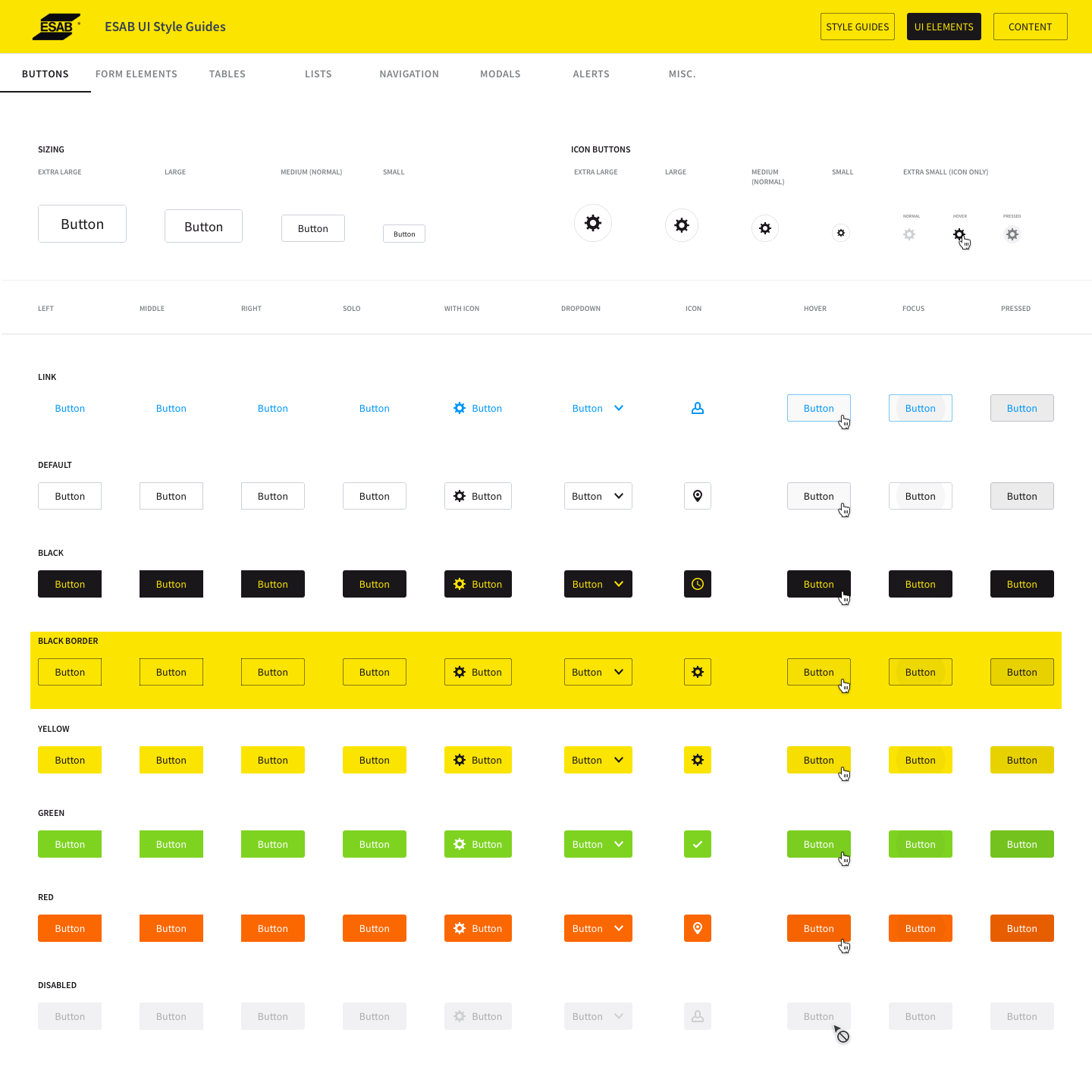
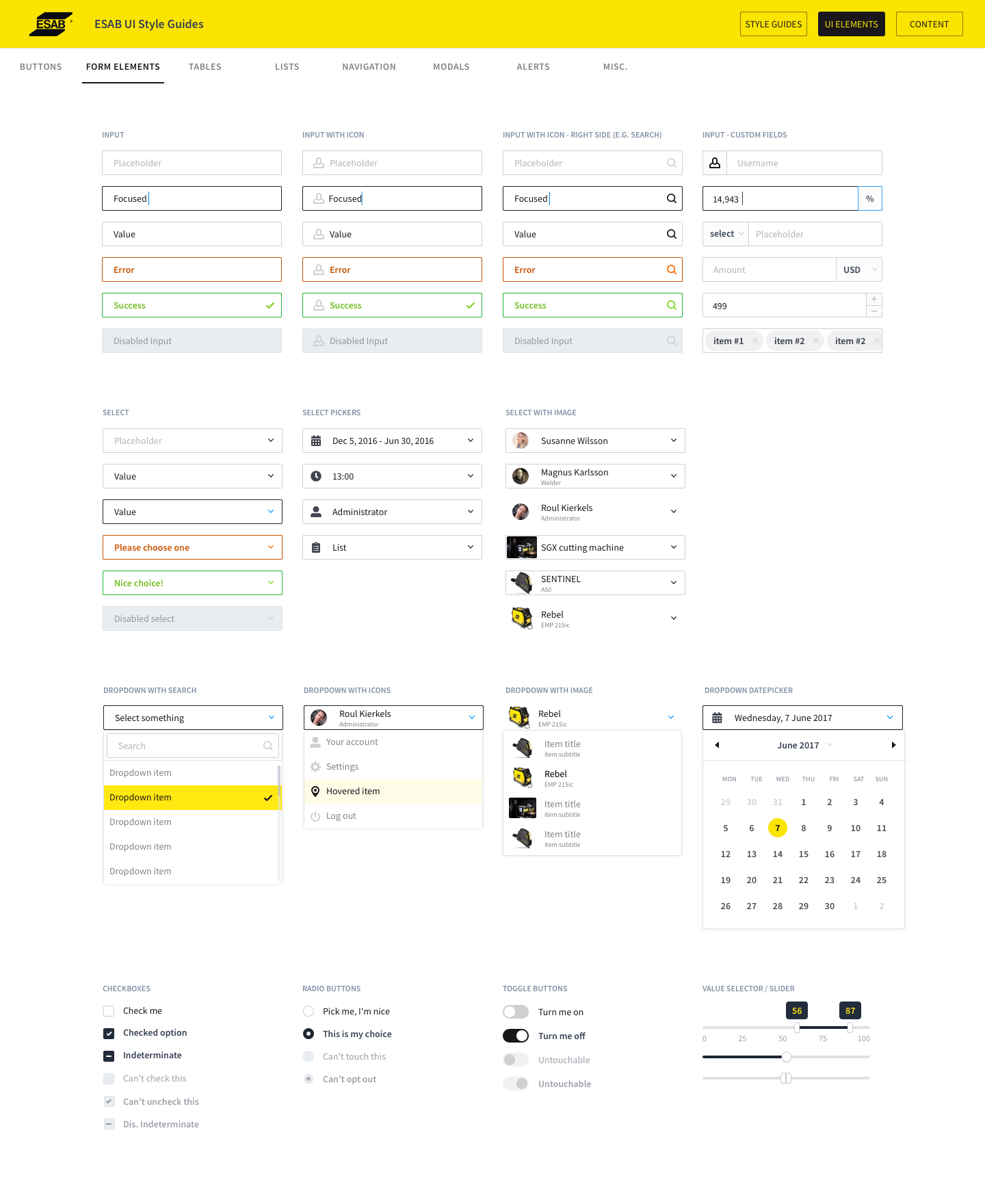
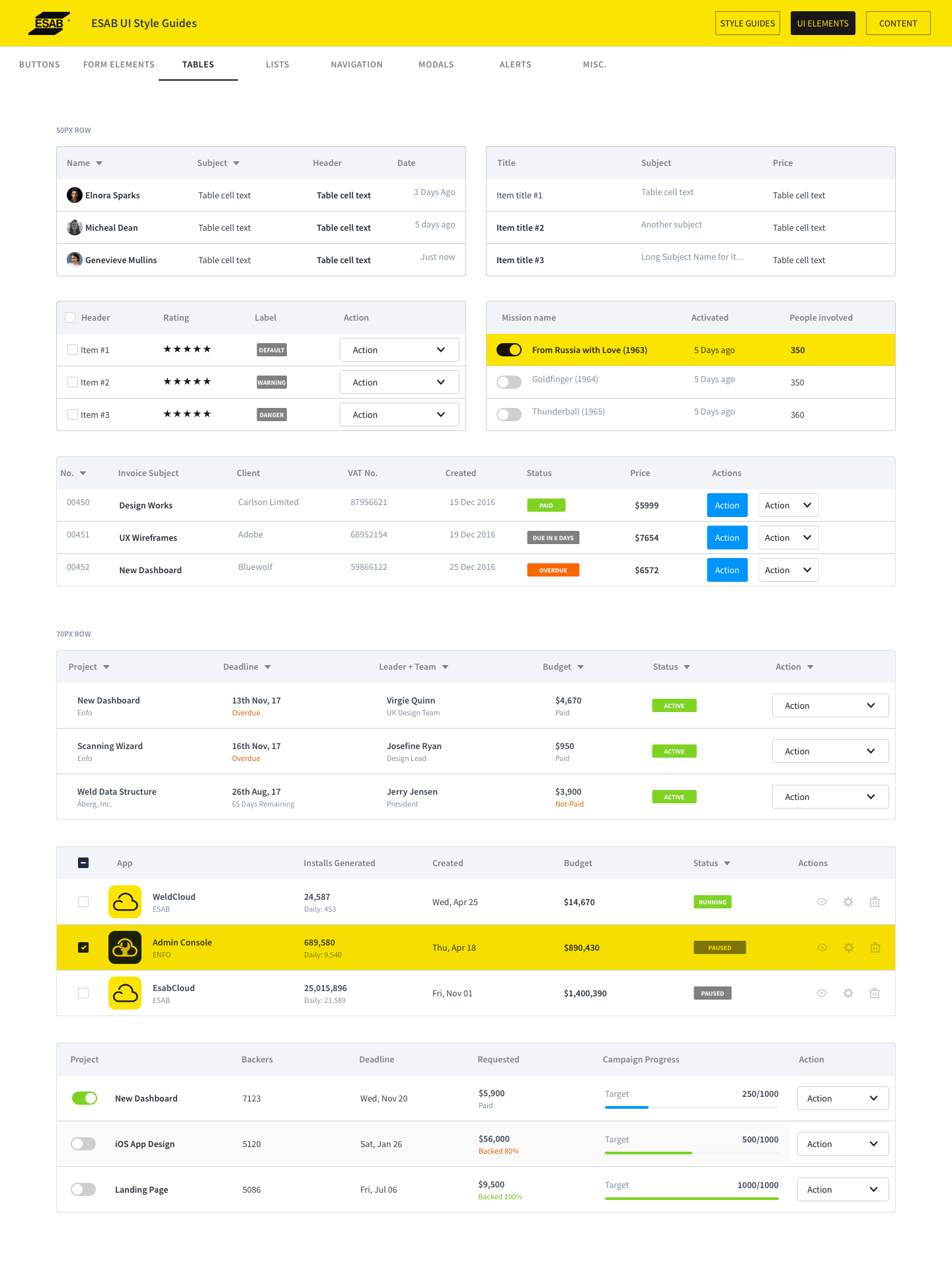
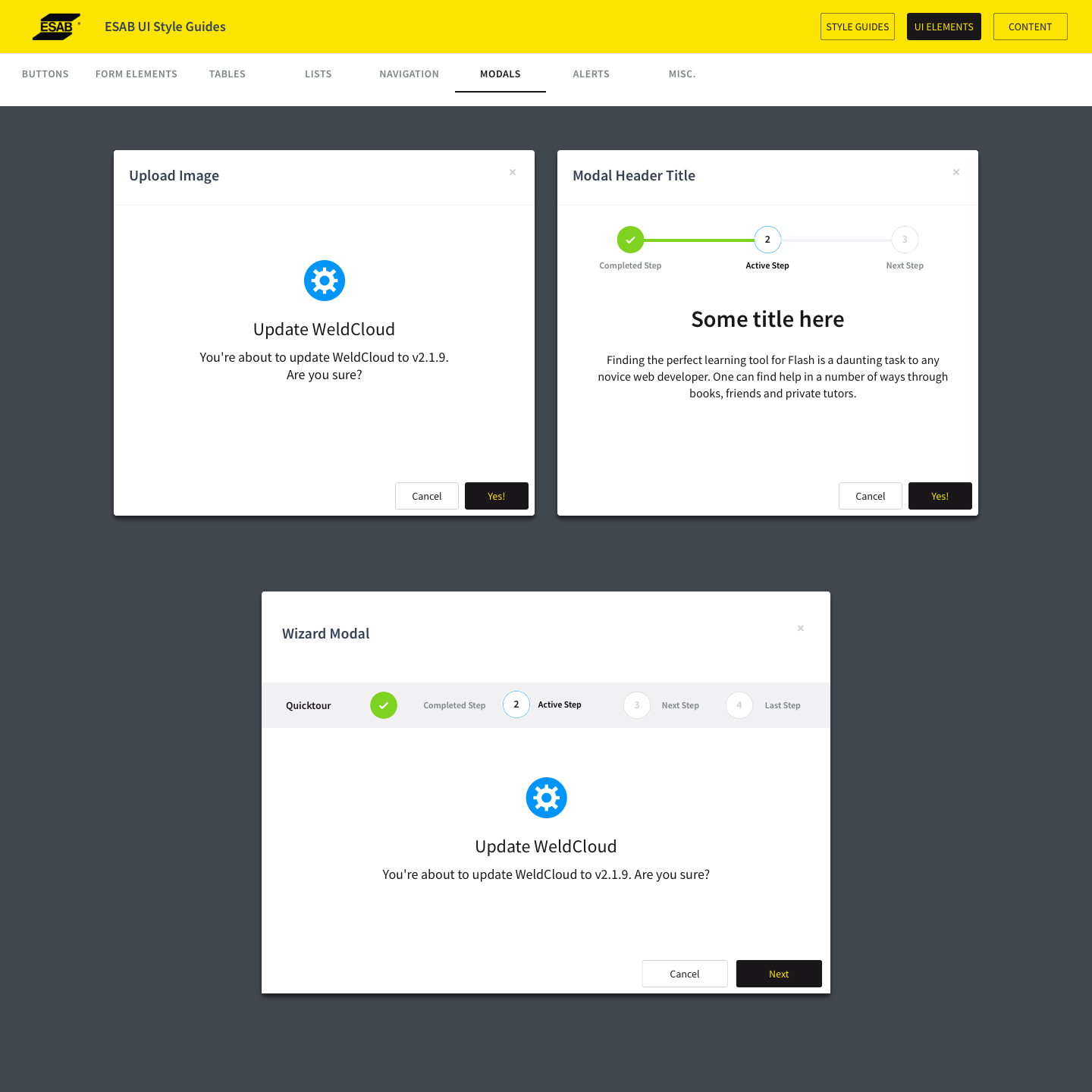

Outcomes
Restored Client Trust
ESAB’s confidence in the team grew as we consistently delivered value and communicated openly. Frustration gave way to appreciation as they saw real progress in features and UI quality.
Improved Adoption
Redesigned workflows and clearer value led to more regular usage by pilot customers. Internal stakeholders also began showcasing the product more, signaling renewed confidence.
Sharper Product Focus
By prioritizing core features and deferring non-essentials, we created a more usable and complete product. ESAB came to appreciate this clarity and aligned their own priorities accordingly.
Project & Client Management Lessons
We learned the critical importance of clear scope and consistent communication. Silence in tense moments only makes things worse—transparency helped rebuild relationships.
UX in Industrial Contexts
Designing for efficiency over delight was a shift. Still, good UX made a measurable difference—reducing errors, speeding up workflows, and lowering support needs.
Knowledge Sharing
We documented key processes, design rationale, and changelogs to ensure continuity and help future teams build on a solid foundation.
Learnings
By the end of my involvement, ESAB’s WeldCloud was in a far better state. The product had a clearer purpose, users were beginning to rely on it for their daily operations, and ESAB saw it as a viable part of their digital services (rather than a failed experiment). The foundation we built – both in the software and in the development process – set WeldCloud up for future success and scalability.
Throughout the project, I distilled several personal learnings which align with some principles:
A product is as successful as it's plan
This mirrored our experience – without a clear vision and plan, WeldCloud was just a heap of features with low usage. Once we put a plan in place (clear goals, priorities, definitions of done), the product started actually becoming useful and used. Now I always advocate for having at least a rough roadmap and success criteria for any product work.
Communication is fundamental
That awkward first client meeting turned into a positive story. By listening first (in that meeting I basically let the ESAB head air out all grievances without getting defensive, which calmed him), and then responding with understanding and action, we salvaged the relationship. It reinforced that listening to the client (or any angry user) is step one – often they just want to be heard. After that, communicate frequently and honestly to maintain trust.
Backlog grooming and sprint-planning
Bringing order to the backlog was a game-changer. It taught me that no matter how overwhelming a project is, taking the time to organize tasks and plan in increments makes it manageable. We turned a “mess” into a series of achievable sprints. That’s a lesson I carry forward: when in doubt, break it down, prioritize, and tackle piece by piece.
Learn to say no (or Later)
As a consultant or designer eager to please, you often want to say yes to all client requests. But part of being a trusted advisor is knowing when to push back for the greater good of the product. I respectfully declined or postponed requests that didn’t fit our immediate goals, explaining why, and it earned respect in the long run. If we had tried to do everything, we likely would have failed to deliver anything well.
Manage expectations
We made sure ESAB understood what was realistic in each timeframe. We under-promised a bit and over-delivered whenever possible. By setting achievable goals and meeting them, we reset their expectations to a healthy level. I learned that early misalignment in expectations can sour a project even if the work is good – so it’s crucial to clarify and agree on what success looks like, and how much can be done by when.
Adapt and grow
For me personally, this project was unique in that I had to adapt from a pure design role to a hybrid design-PM role. It was challenging, but I embraced it as an opportunity to grow. I gained skills in project leadership, client negotiation, and team management that I might not have in a typical design job. Sometimes your career throws you into an unexpected role – instead of resisting (“But I’m a designer, not a PM!”), I found value in adapting and realized it made me a stronger professional overall.
Selected Works
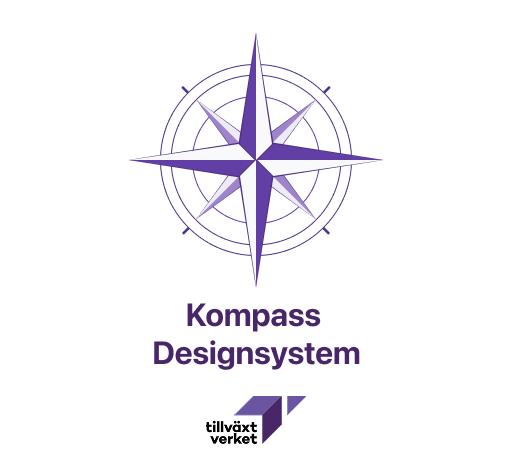
Tillväxtverket - Kompass Design SystemDesign System
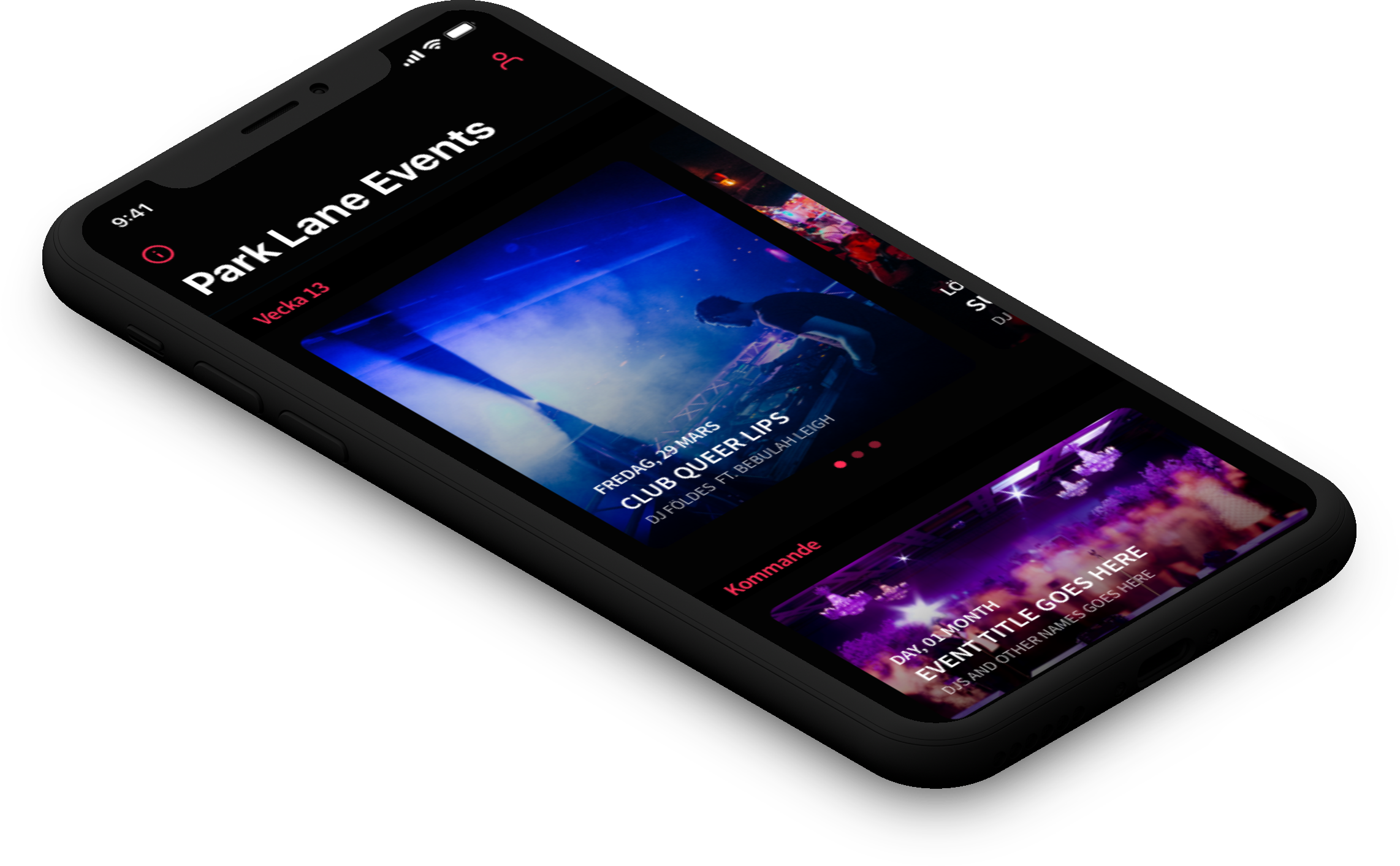
Park LaneMobile App

Stena Line - NemoAdmin Dashboard
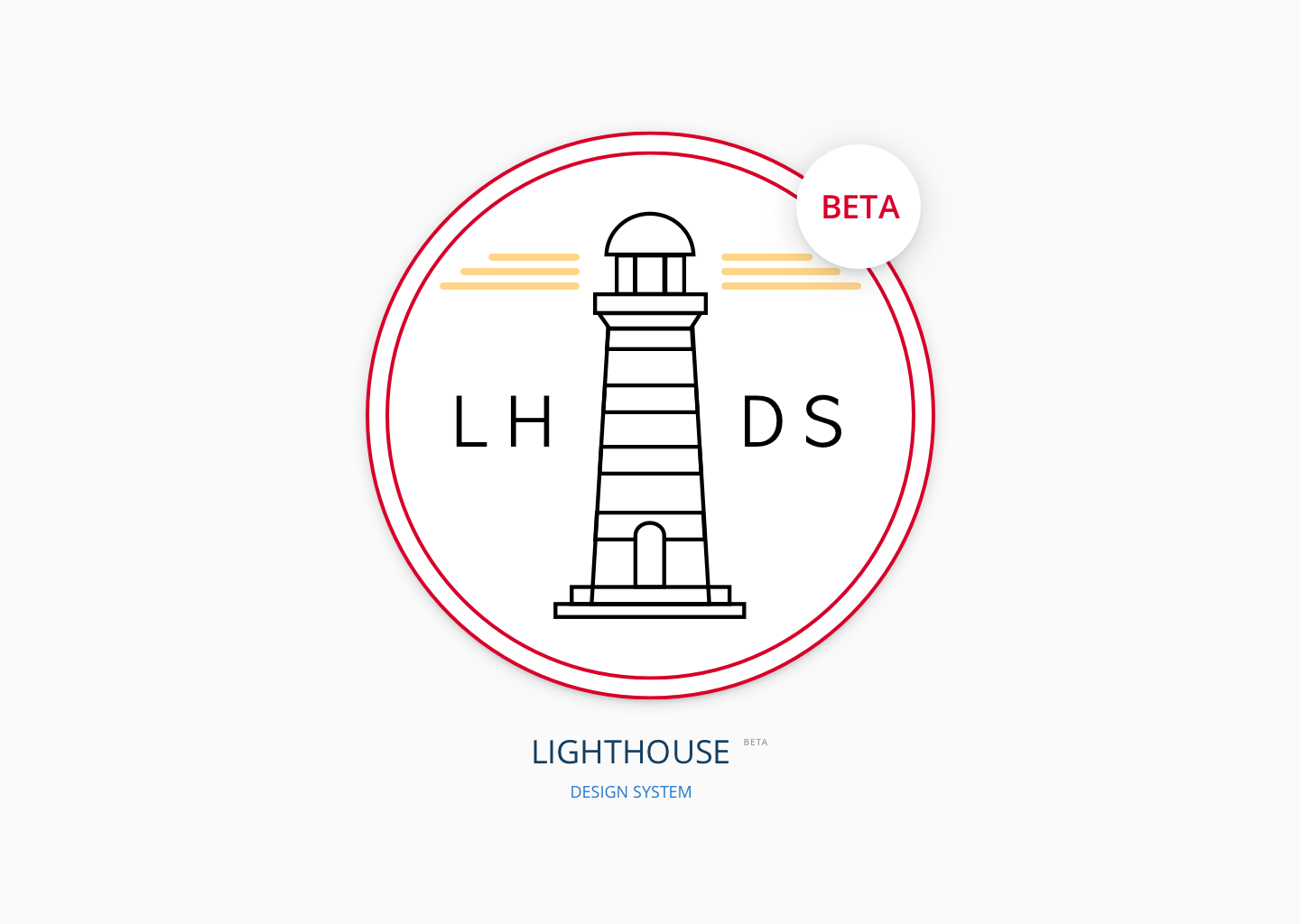
Lighthouse Design SystemDesign System
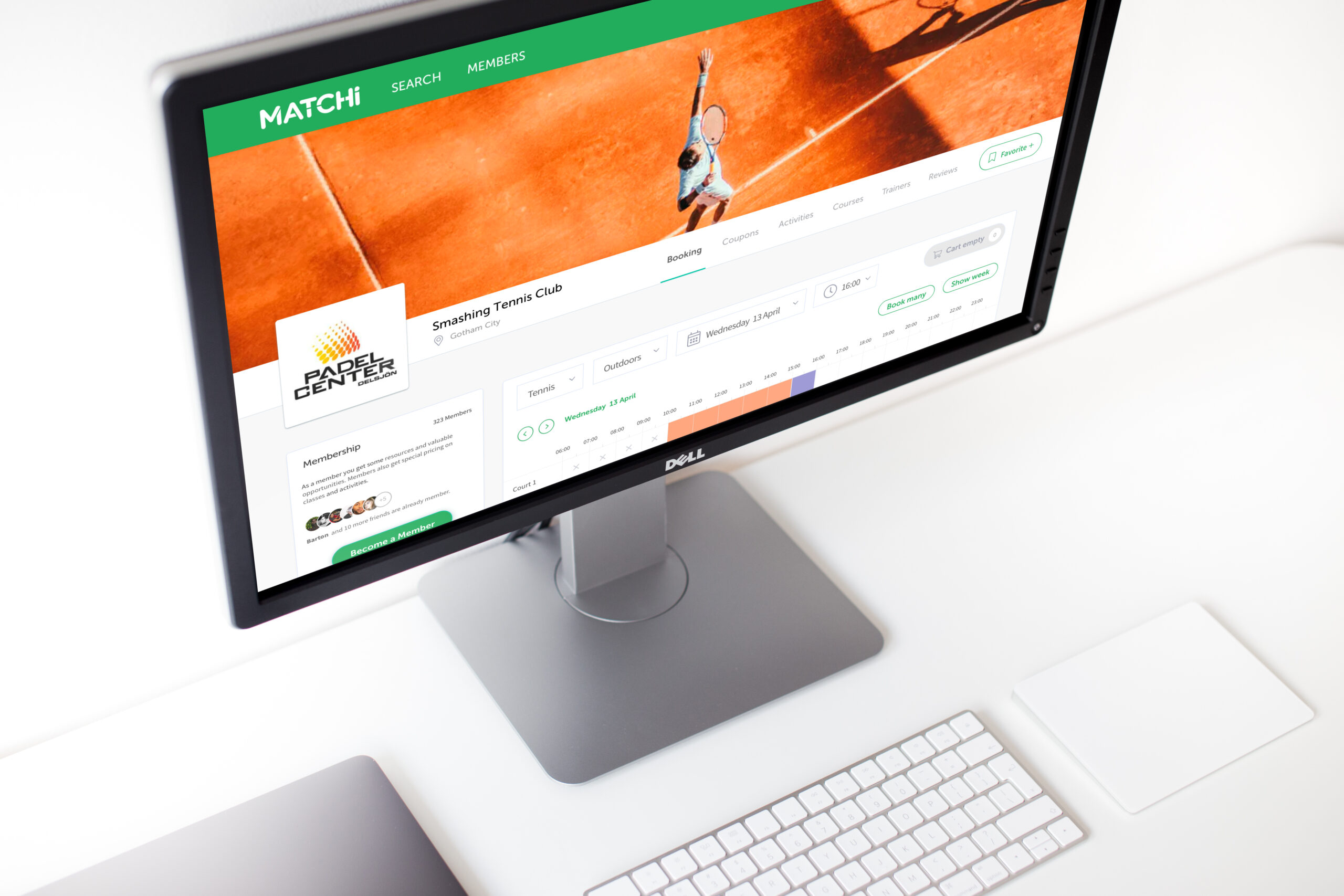
MatchiWeb App
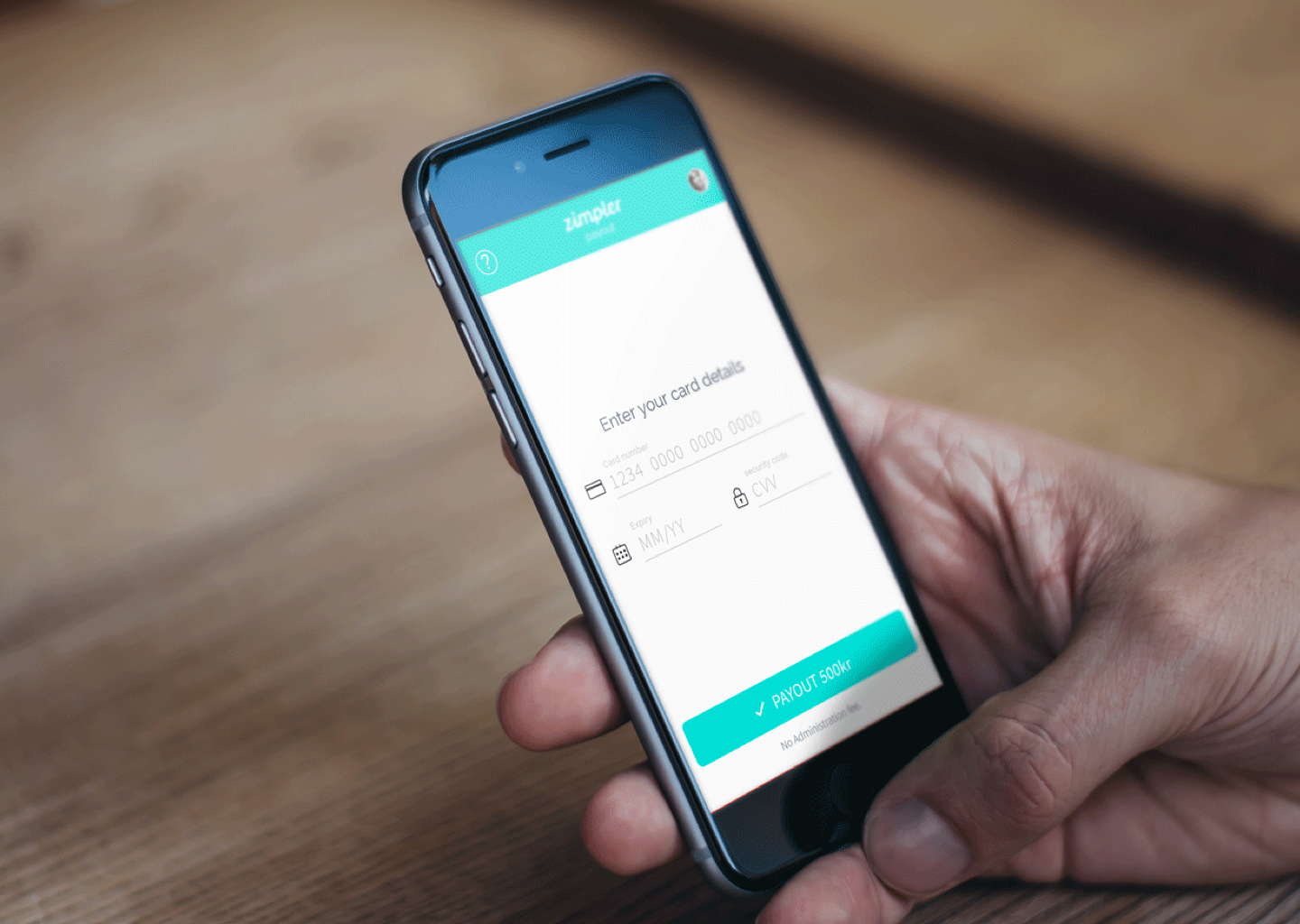
Zimpler - Mobile PaymentsResponsive Design
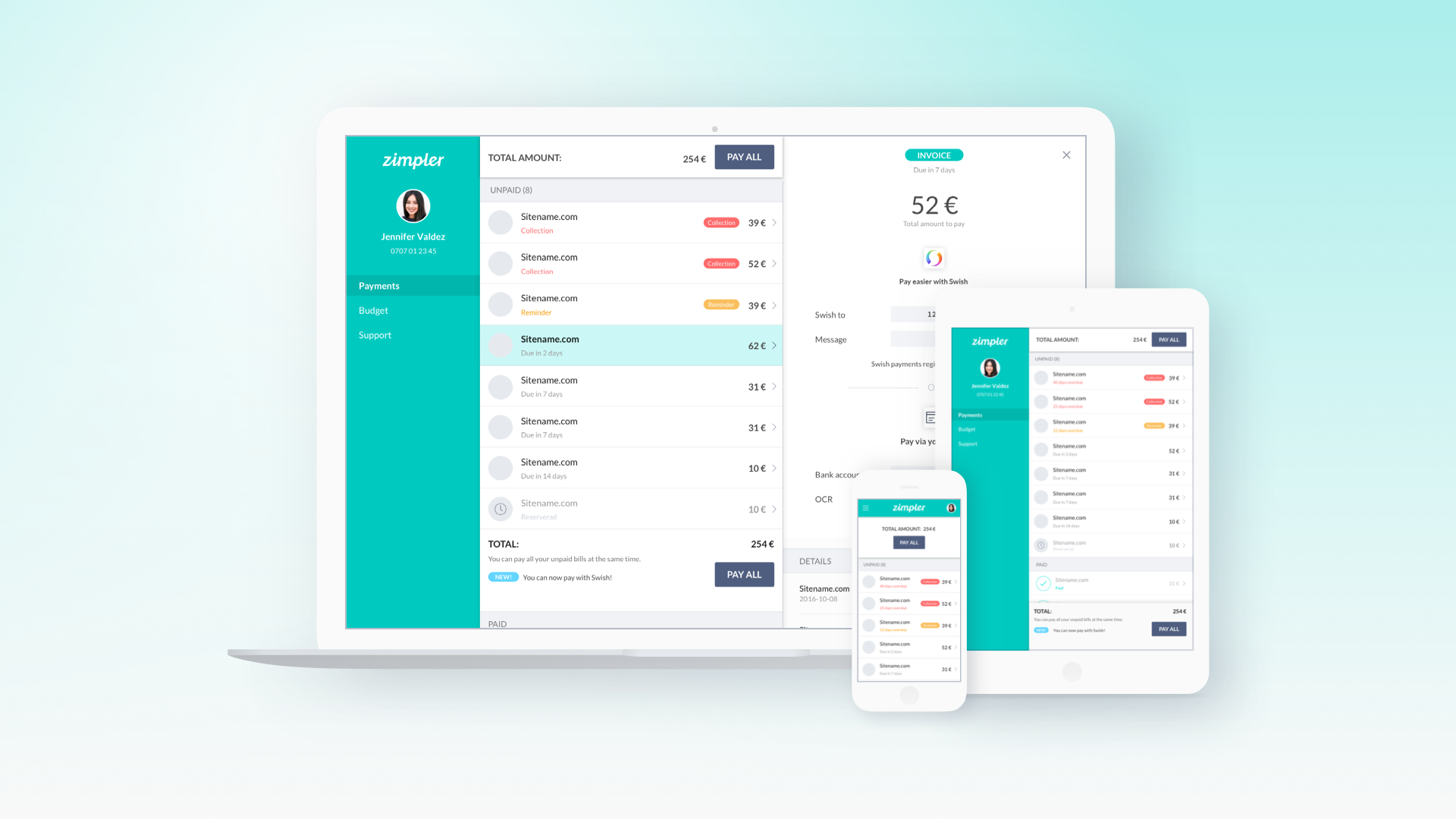
Zimpler - User PortalWeb App
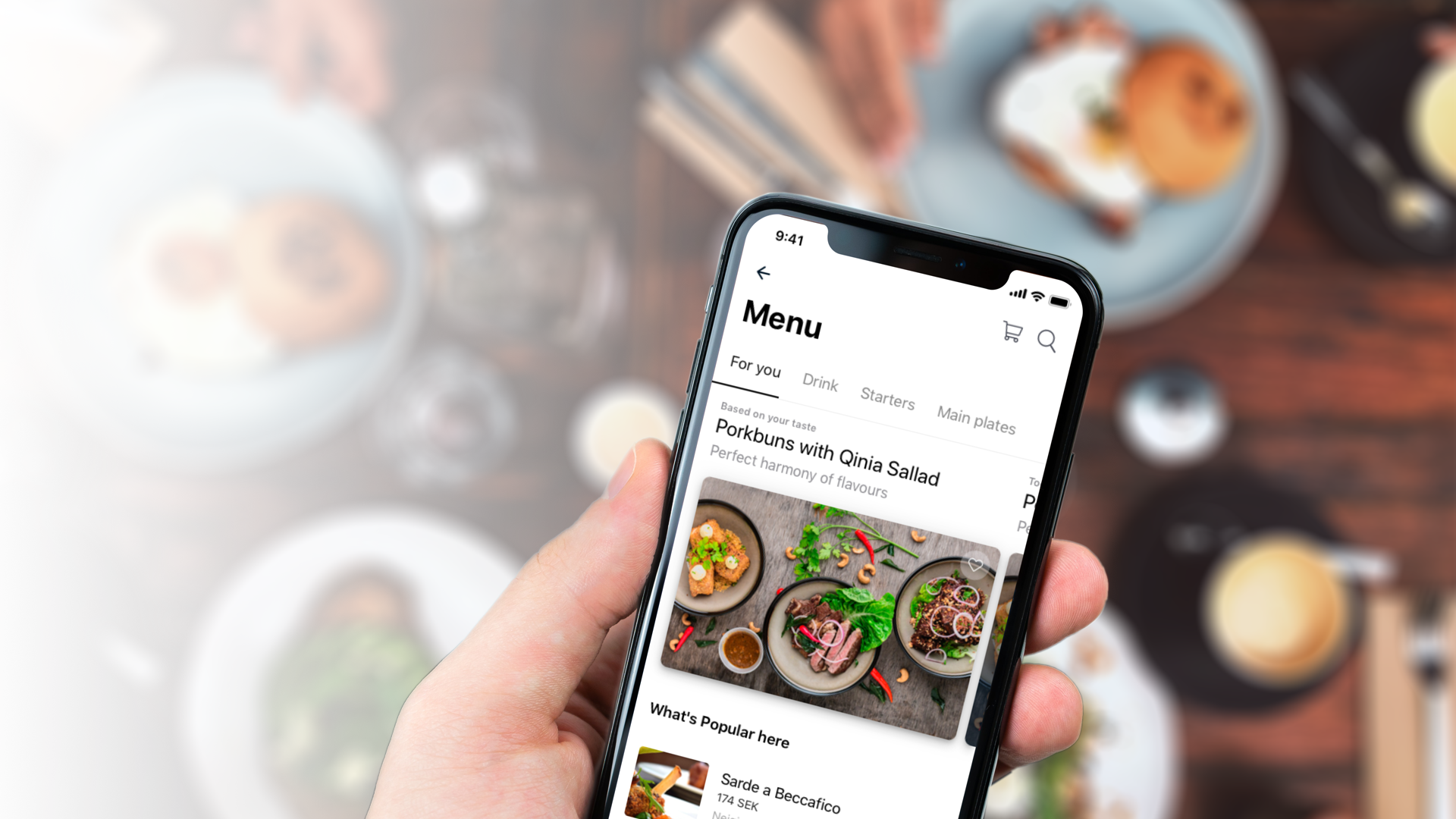
QitchMobile App
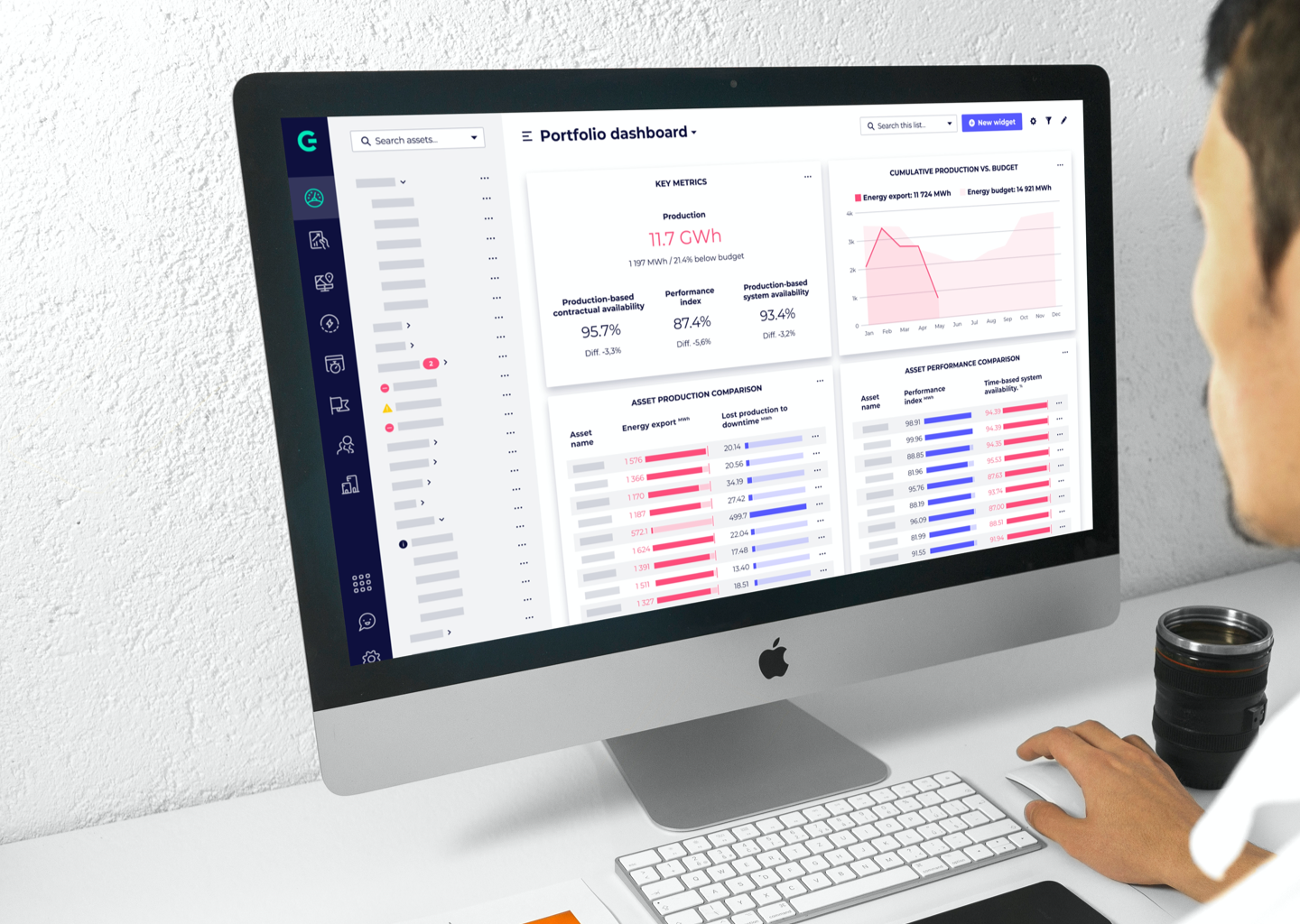
GreenbyteWeb App Dashboard
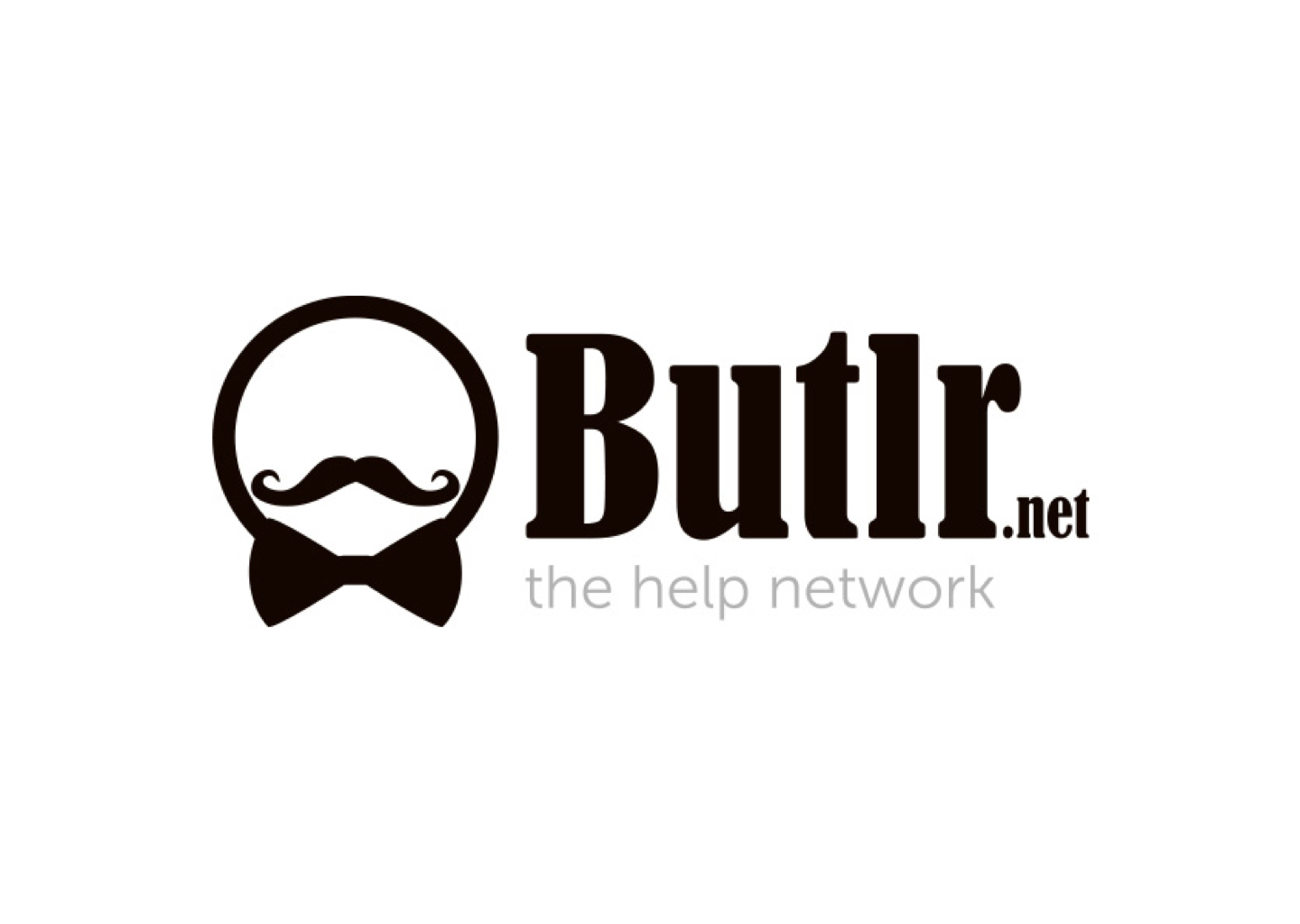
Butlr.net - The Help NetworkWeb App
Contact
If you’re looking to hire a product designer, I’d love to chat. I particularly enjoy working with small to medium-sized companies that have an excellent culture. Let’s connect!
